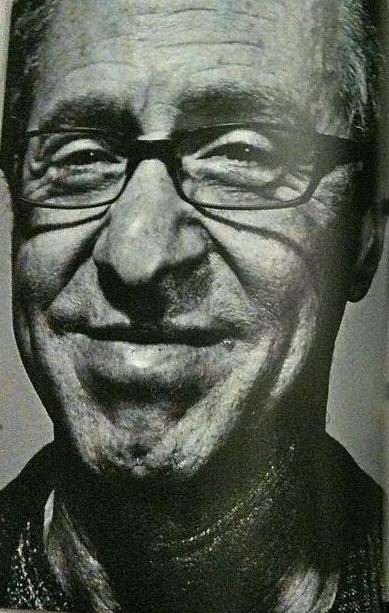What is Kurzweil's Law?
 Michael Anissimov
Michael Anissimov
Kurzweil's law, or the law of accelerating returns, explains how positive feedback works in technological innovation and development: if you invent a better set of tools, you can then use those tools to invent newer and better tools more rapidly. Kurzweil's law was formulated in response to a question posed to leading thinkers by John Brockman of Edge.org, namely, "What is your law?"
Ray Kurzweil is a top technology entrepreneur, having founded four successful companies that remain leaders in their markets. He's also the best-selling author of The Age of Spiritual Machines and The Age of Intelligent Machines, among other futurist and scientific works.

Perhaps the best example of Kurzweil's law in action is in the computing industry. Computers are continuously used to design better chips, and in fact the majority of details for new chip designs are worked out algorithmically by computers. Another example would be in robotics, where finer and more flexible automation is used to fabricate parts for still-better robots.

In explaining Kurzweil's Law, Kurzweil draws an analogy between the way that biological processes build, increasing order through evolution and positive feedback, and the way that humans invent new technologies. He asserts that the growth of order in both these processes is exponential, or even superexponential, eventually approaching an asymptote of nearly infinite progress. He supports the assertion of Kurzweil's law with dozens of graphs displaying exponential rates of progress in many technological areas.
Kurzweil believes that evolutionary processes create more order of time, where order is defined not as simply the opposite of random, but information-carrying content that fits a purpose. For evolution, the purpose is survival and reproduction; for technology, it is to produce useful products which satisfy human needs. Although Kurzweil's law was formulated specifically as a reference to technological progress, its parallels to biological evolution are clear. In fact, one topic which interests many biologists is the evolution of evolvability.
AS FEATURED ON:
AS FEATURED ON:












Discuss this Article
Post your comments